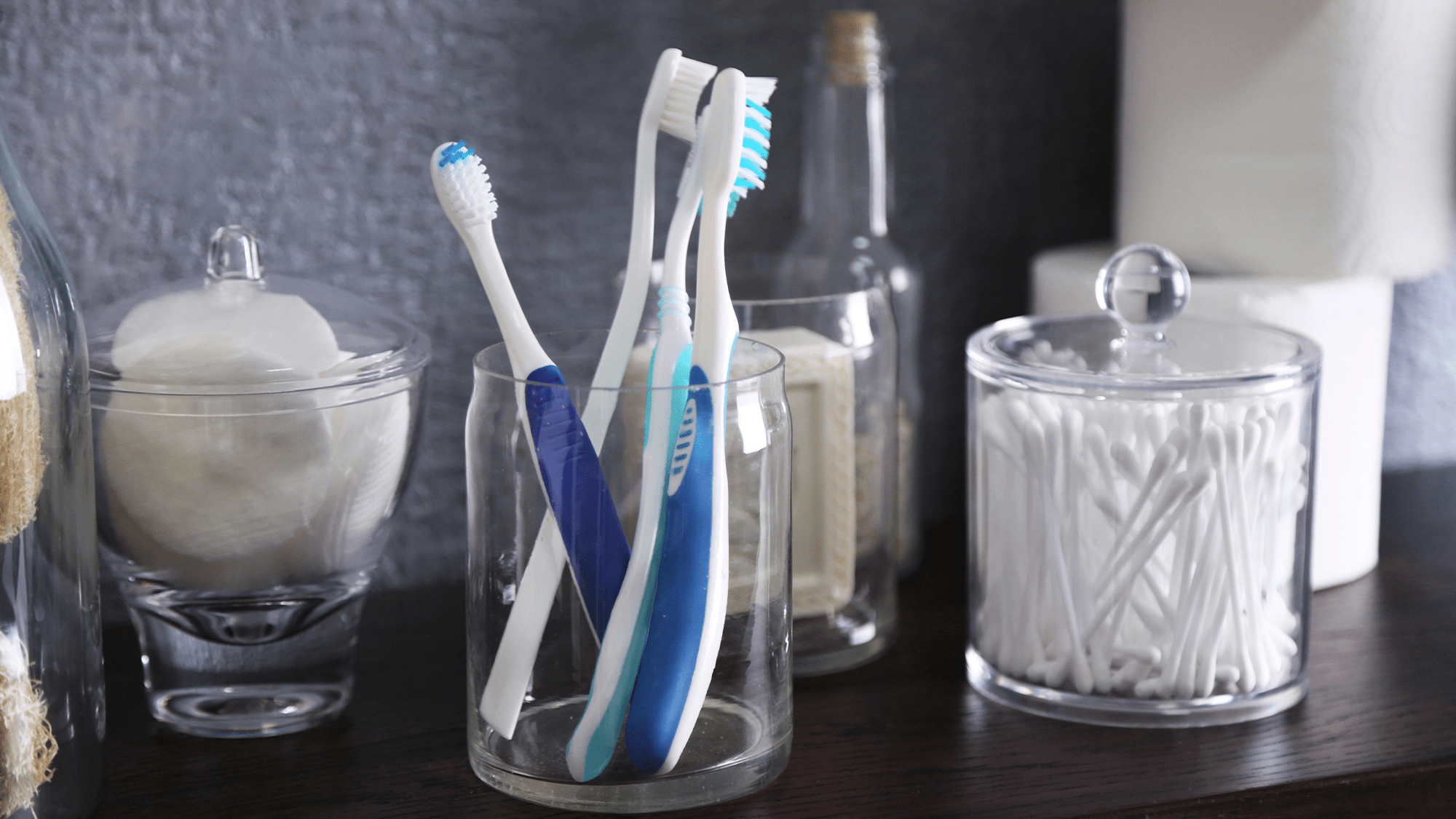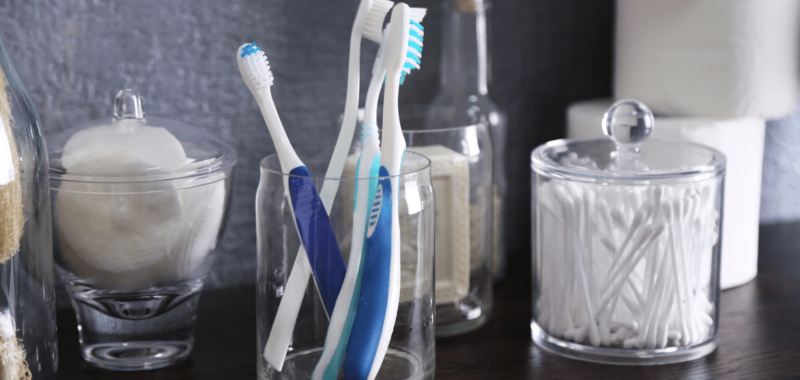
There is a bevy of biodiversity lurking in your home right now. Shower heads and toothbrushes are brimming with a collection of viruses that is so varied, that many of them have never been seen before. However, you don’t need to worry or stop bathing and brushing your teeth. These viruses don’t go after us. Instead, they prey on bacteria and could help us fight antibiotic resistance. The findings are described in a study published October 9 in the journal Frontiers in Microbiomes.
What are ‘phage’?
The microorganisms in this study are bacteriophage or “phage” for short. These viruses infect and replicate inside of bacteria. They are among the most common organisms in nature, and can even effectively fight and destroy bacteria that are resistant to many drugs. Biologists have been investigating phage for use in life-threatening antibiotic-resistant bacterial infections.
[Related: Virus observed sucking on another virus’ ‘neck’ for the first time.]
“The ‘next frontier’ of microbiology is phage,” study co-author and Northwestern University environmental microbiologist Erica M. Hartmann tells Popular Science. “There’s a lot of interest in harnessing phage for biotechnology or medical applications. Penicillin comes from moldy bread. It could be that the next great antibiotic will be based on something that grew on your toothbrush.”
Operation Pottymouth 2.0
The new study is an offshoot of previous research dubbed Operation Pottymouth. Hartmann and colleagues at University of Colorado at Boulder characterized all of the bacteria living on toothbrushes and shower heads to see how much microbes and bacteria from toilets were landing on toothbrushes and shower heads.
“We did a pilot study where people sent in their used toothbrushes and we looked at what kinds of bacteria we found on them. Reassuringly, it looks like most of the bacteria on your toothbrush come from your mouth,” says Hartmann. “For the current study, we were able to use those same data–along with data from another study on shower heads–to look not at bacteria but their viruses.”
After characterizing the bacteria from the toothbrushes and shower heads, the team used DNA sequencing to study the viruses living on those same samples. Altogether, the samples had over 600 different viruses and no two virus samples were alike. They saw very little overlap between the virus types on both shower heads and toothbrushes and little overlap between any two samples at all.
“Toothbrushes and shower heads harbor phage that are unlike anything we’ve seen before. Not only did we find different phage on toothbrushes and shower heads, we found different phage on each toothbrush and each shower head,” says Hartman. “This amount of diversity is huge, and it isn’t because of anything specific to toothbrushes or shower heads. There are just so many phage out there waiting to be discovered.”
They also noticed more mycobacteriophage than other types of phage. These are known to infect mycobacteria, a pathogenic species that causes leprosy, tuberculosis, and chronic lung infections, among other diseases. According to Hartmann, researchers could use mycobacteriophage to treat these infections among others.
[Related: In 1928, the discovery of ‘mold juice’ would go on to save 500 million lives.]
Why you don’t need to panic
In reality, microbes are everywhere, and most of them will not make us sick. It’s also true that the more they are attacked with disinfectant, the more likely they are to develop resistance or become more difficult to treat.
Hartmann recommends soaking shower heads in vinegar or basic soap and water instead of bleach to clean them and remove calcium buildup. Regularly replacing toothbrushes or toothbrush heads is also important for good dental hygiene. Hartmann also warns against antimicrobial toothbrushes, which can lead to antibiotic-resistant bugs.
“It’s really important to work with the microbes, not against them, so that we don’t create worse problems for ourselves—like superbugs,” says Hartmann. “By staying curious and really learning about the microbes that surround us, we will be able to make better decisions about things like how we design and care for our shower heads and toothbrushes—and potentially make some revolutionary new discoveries in the process.”

